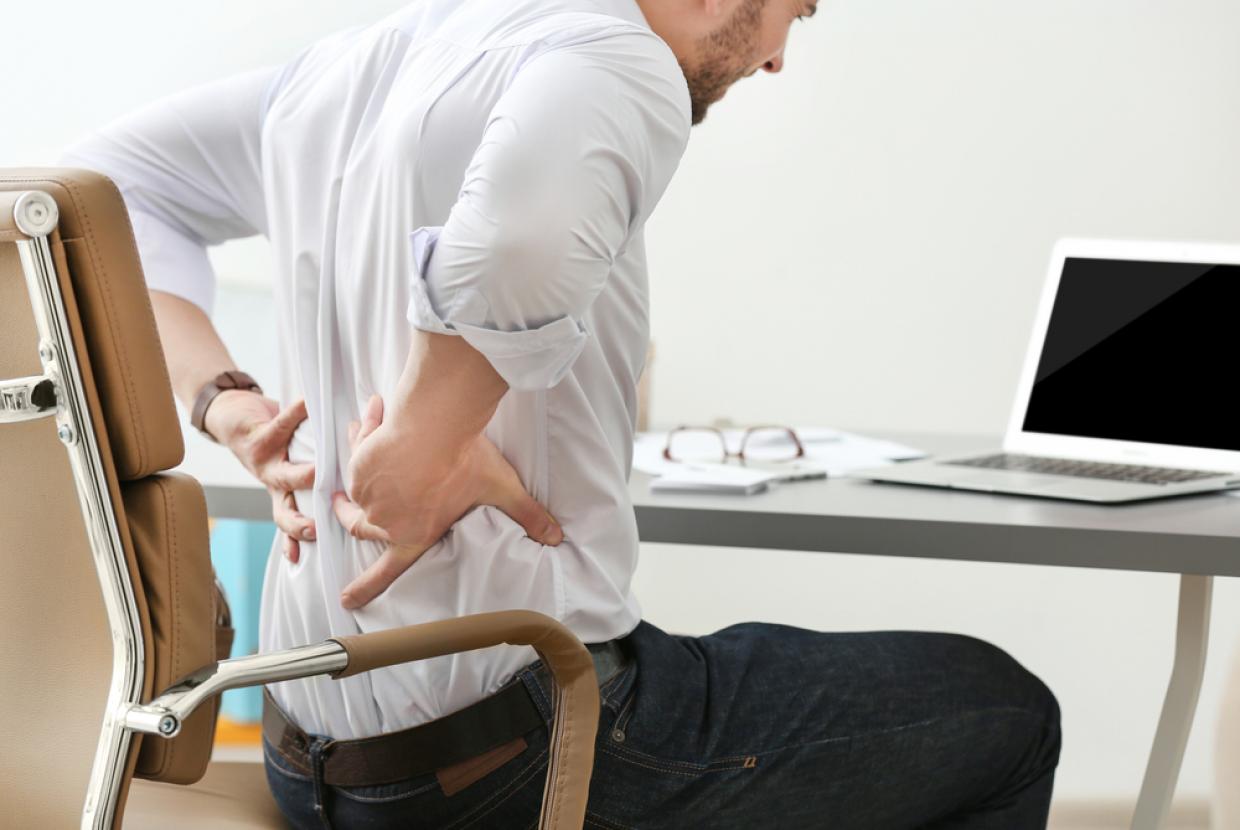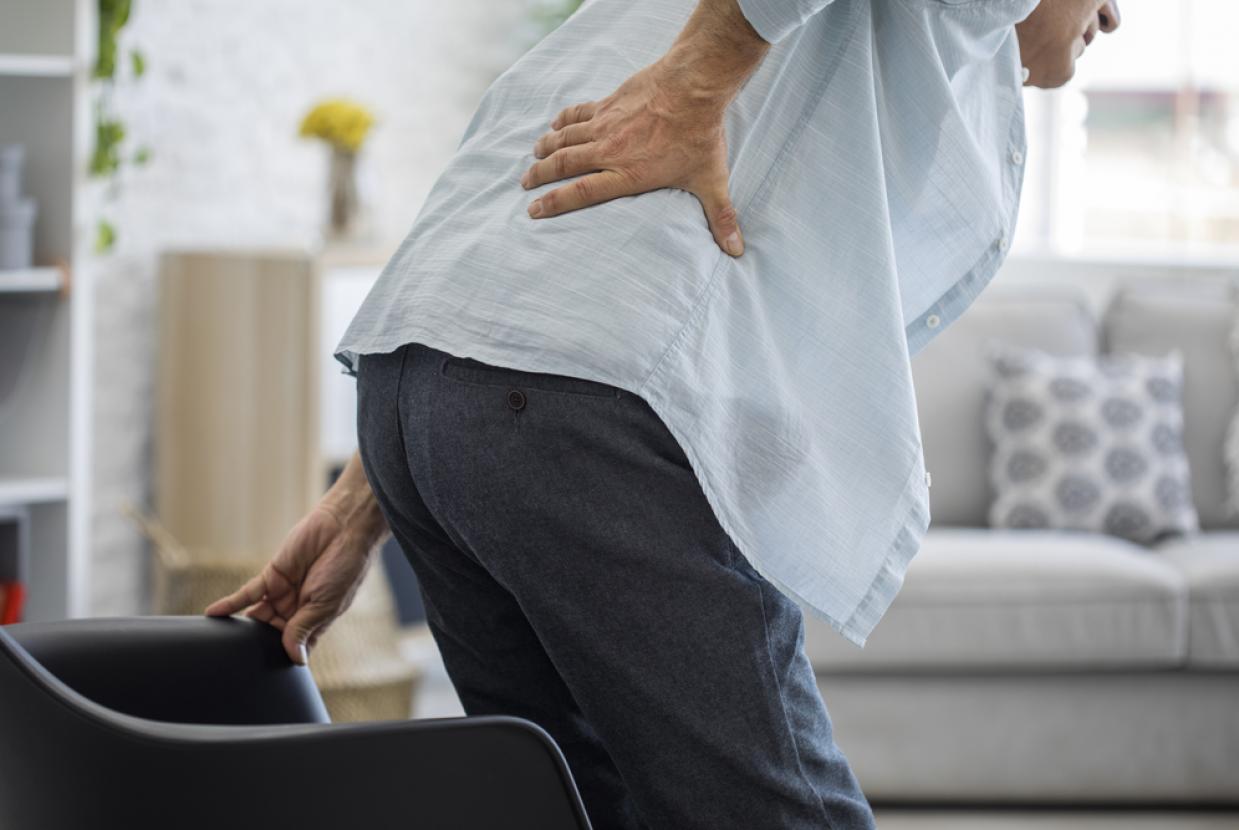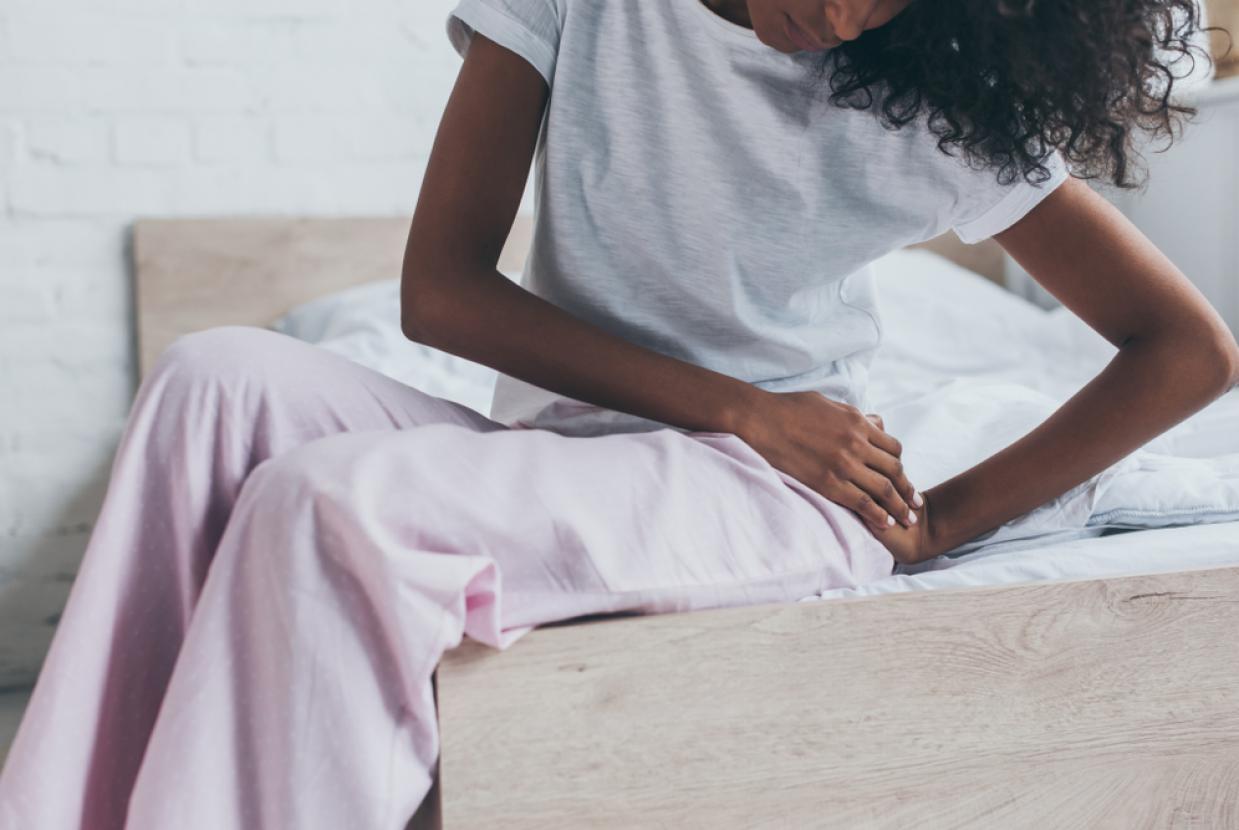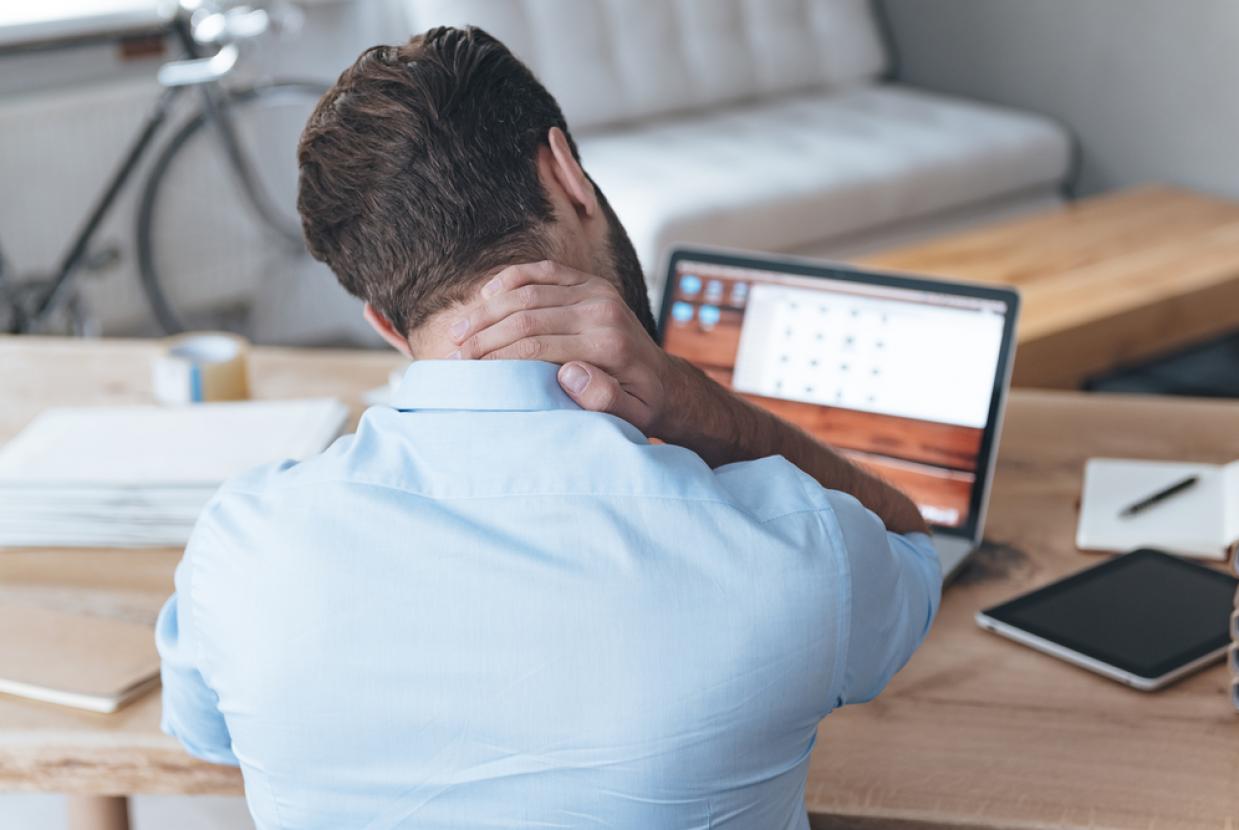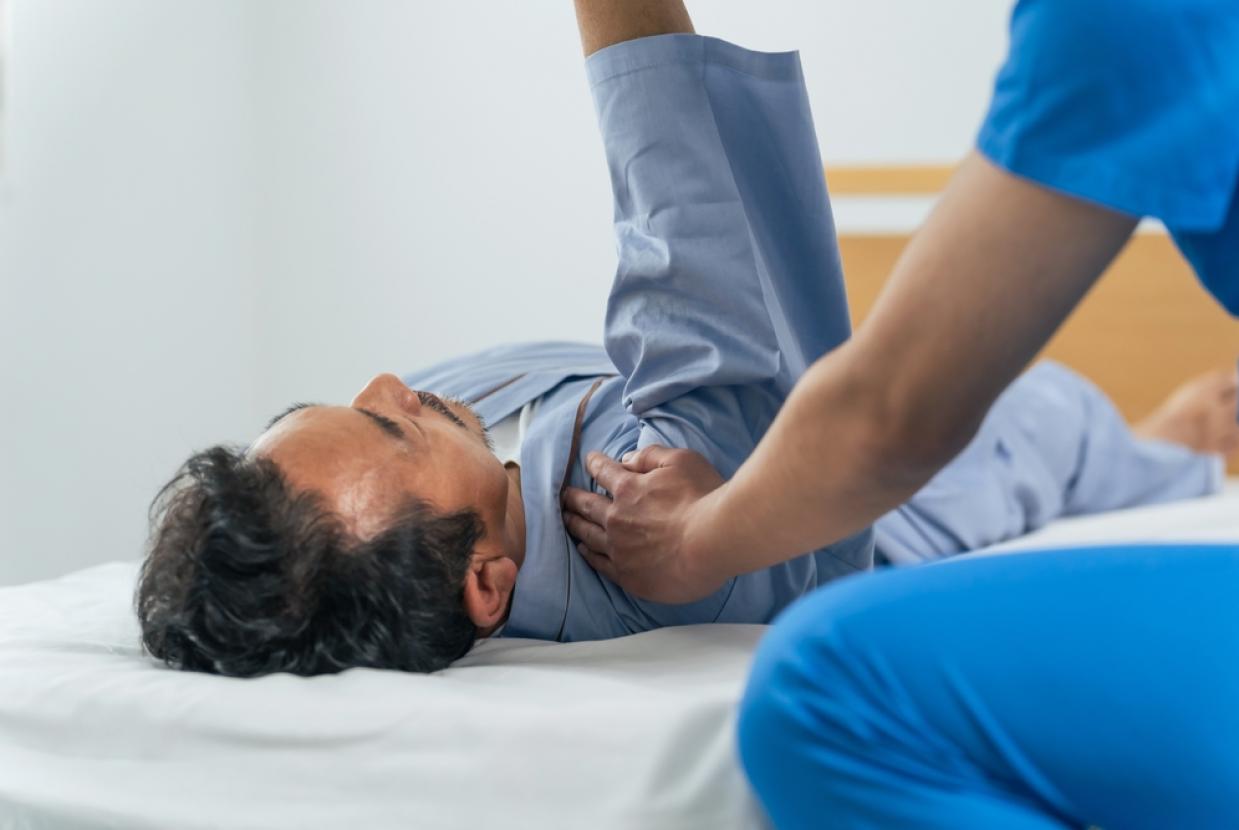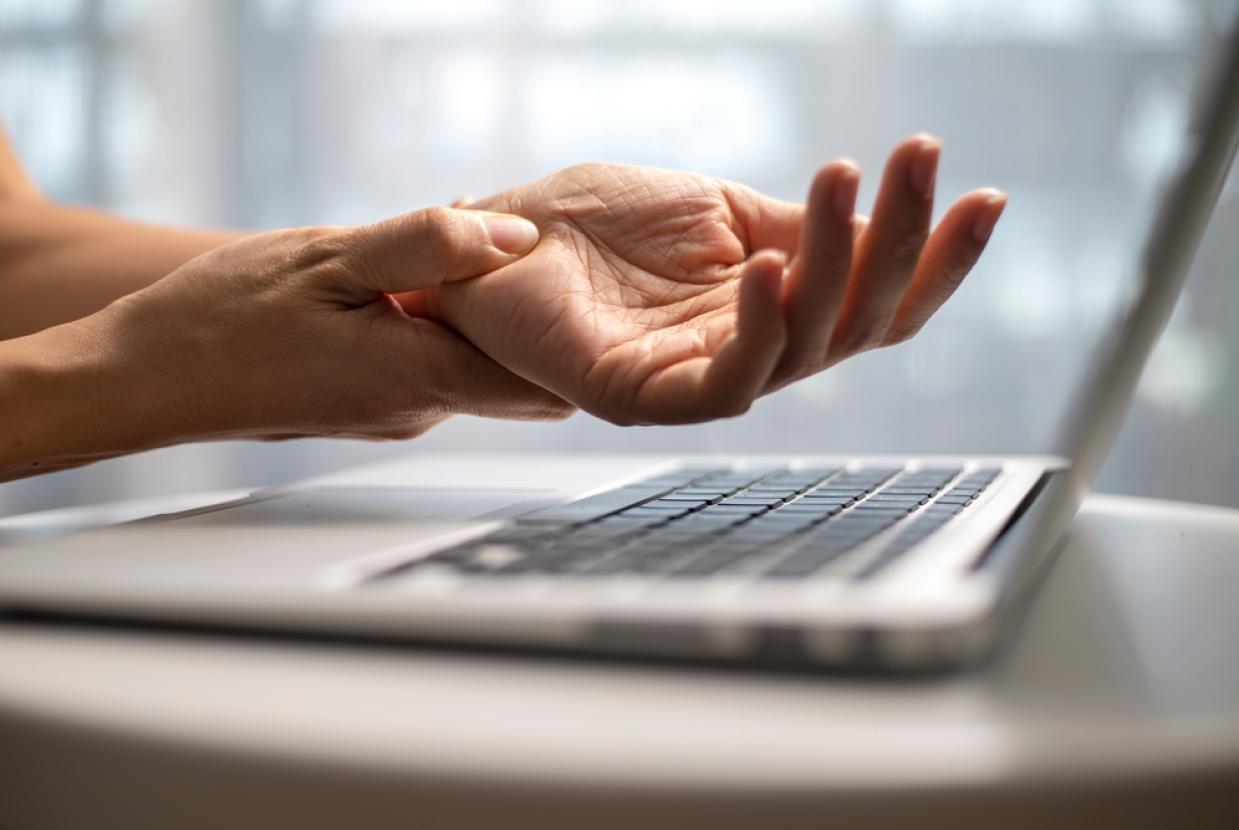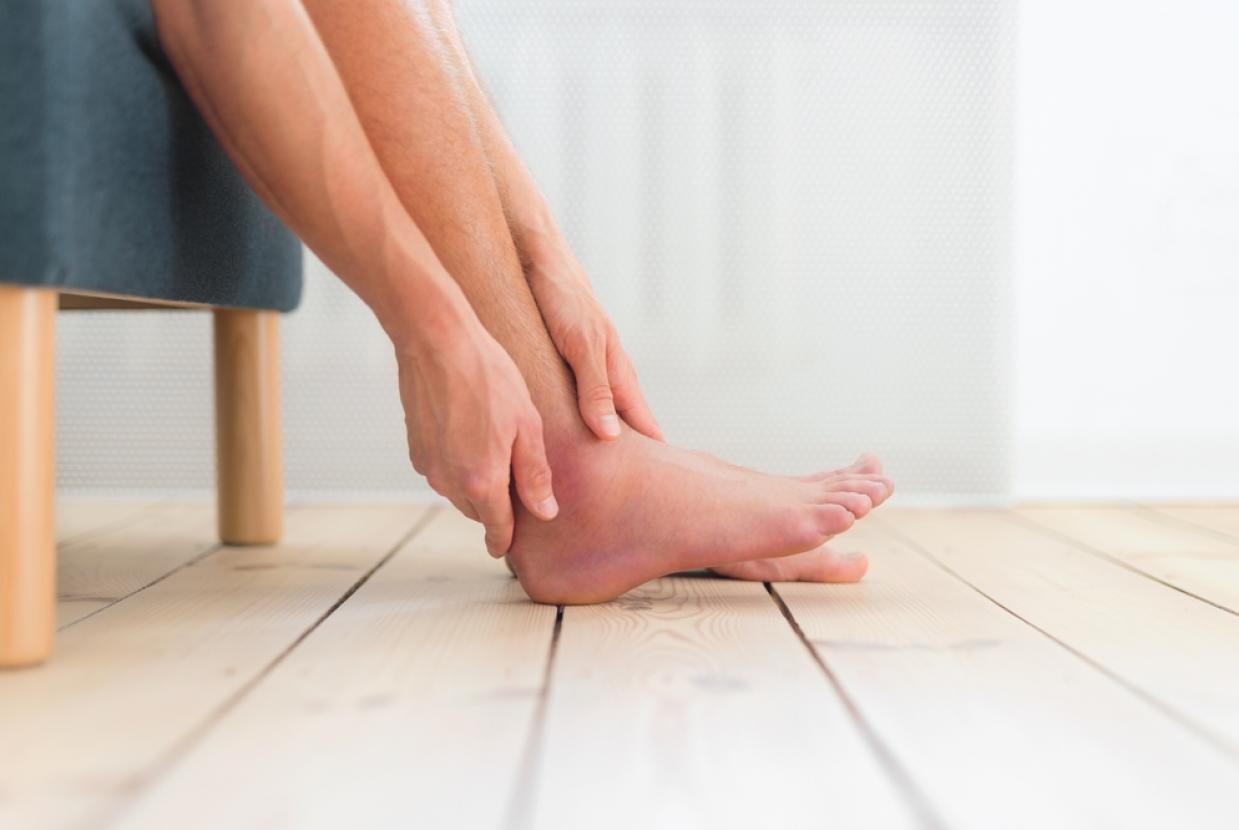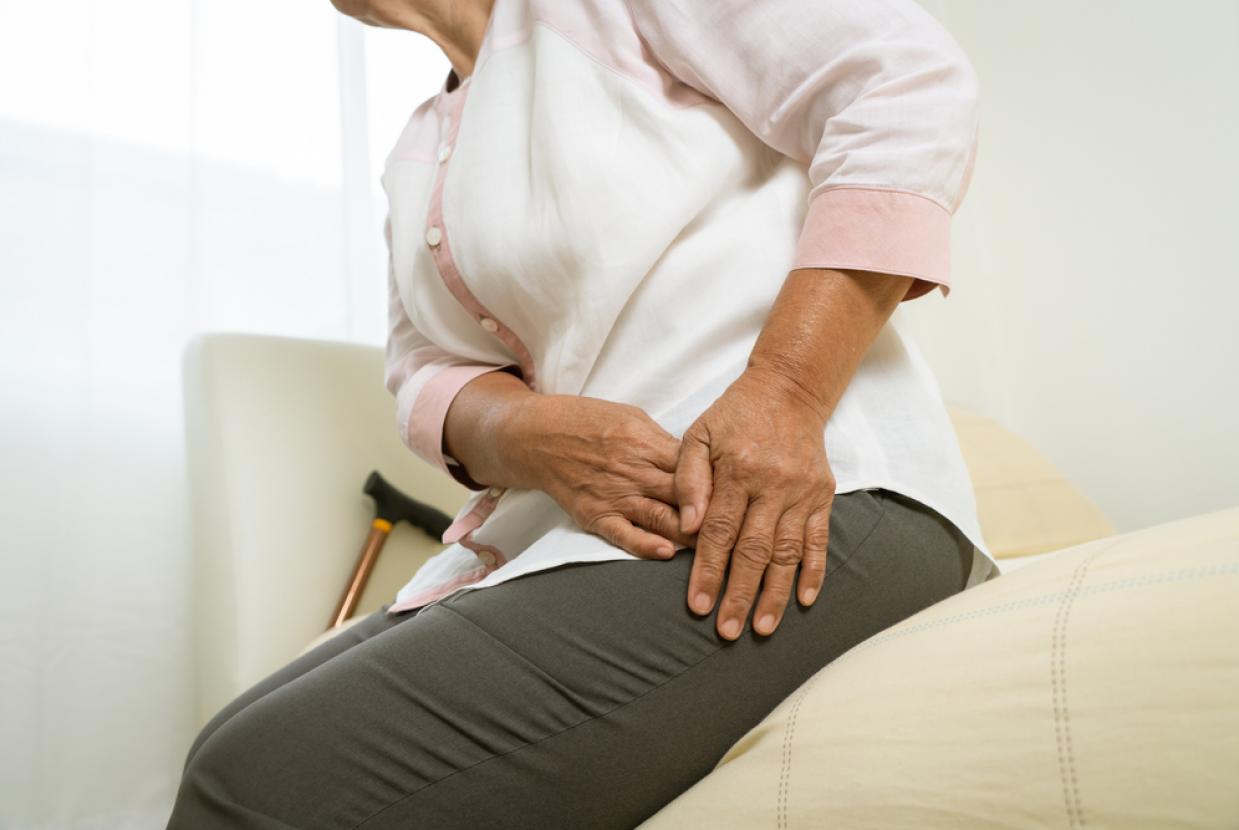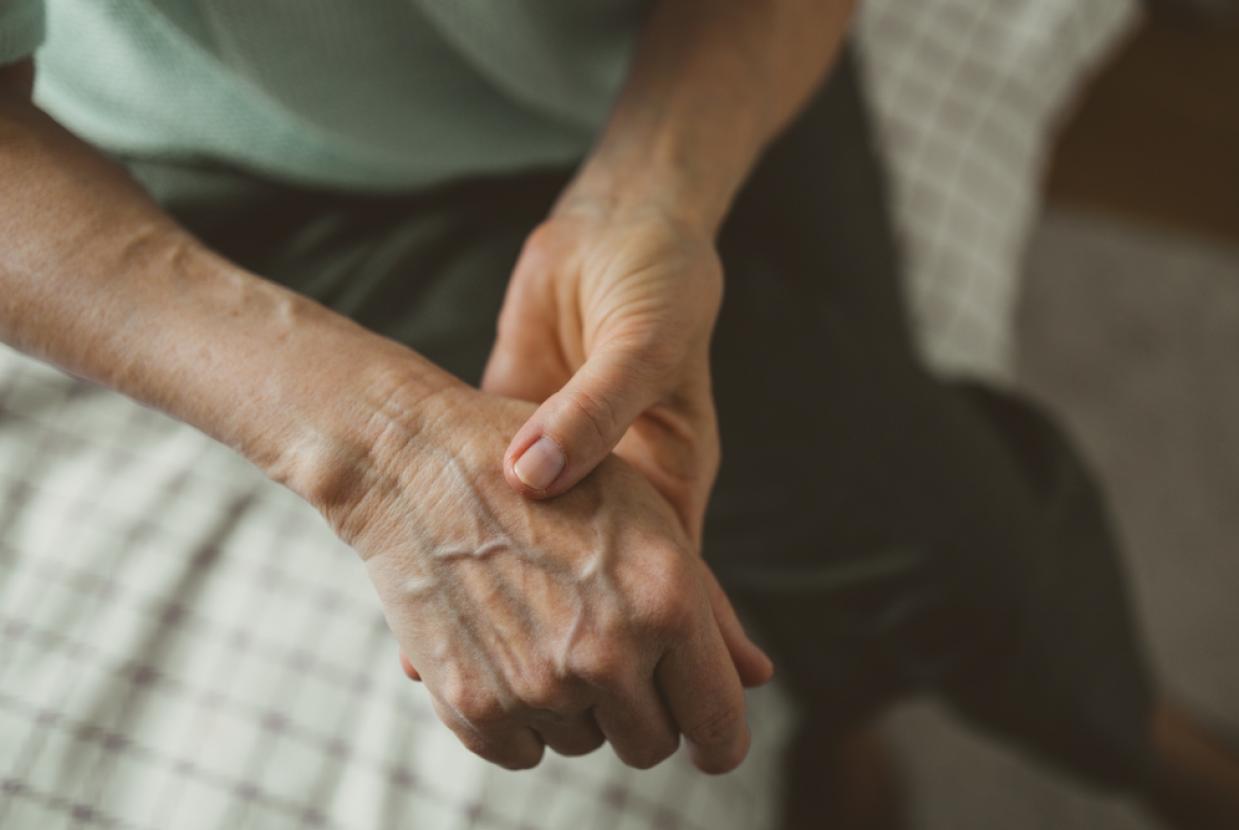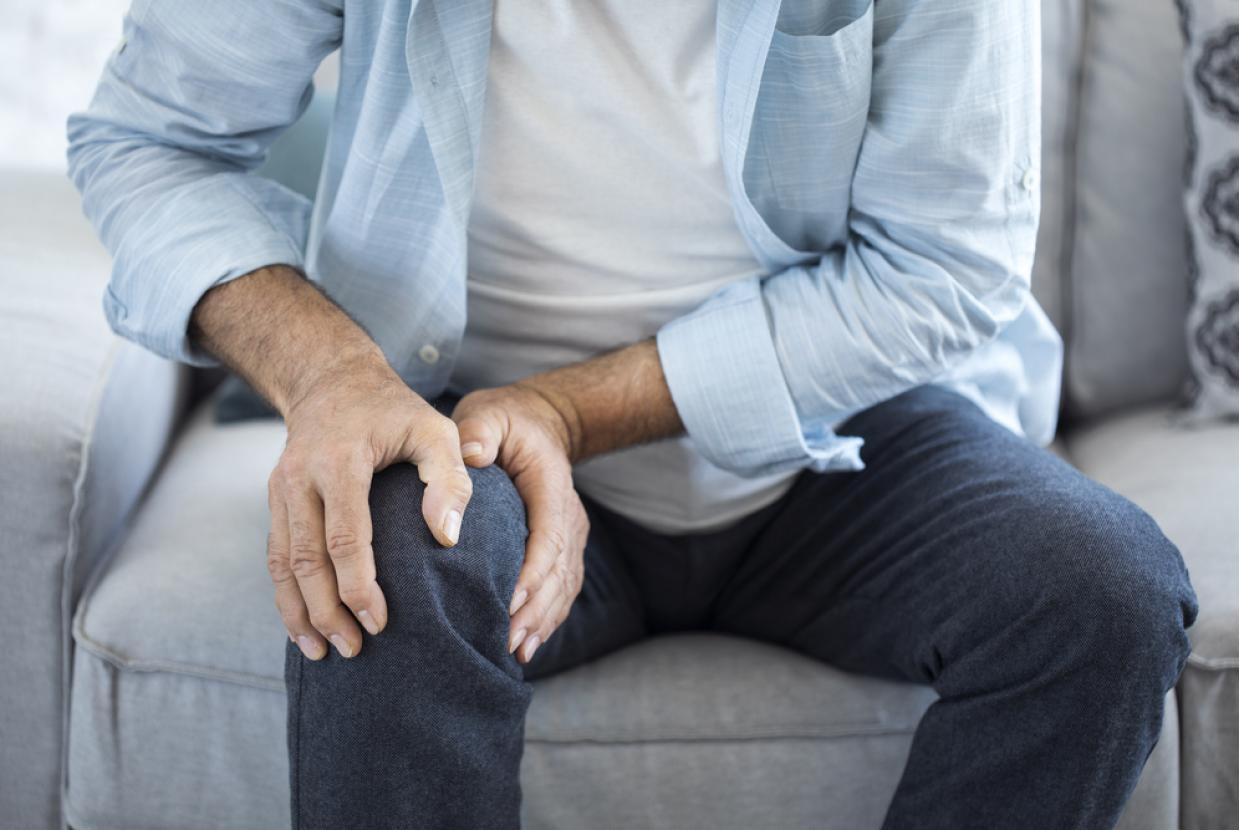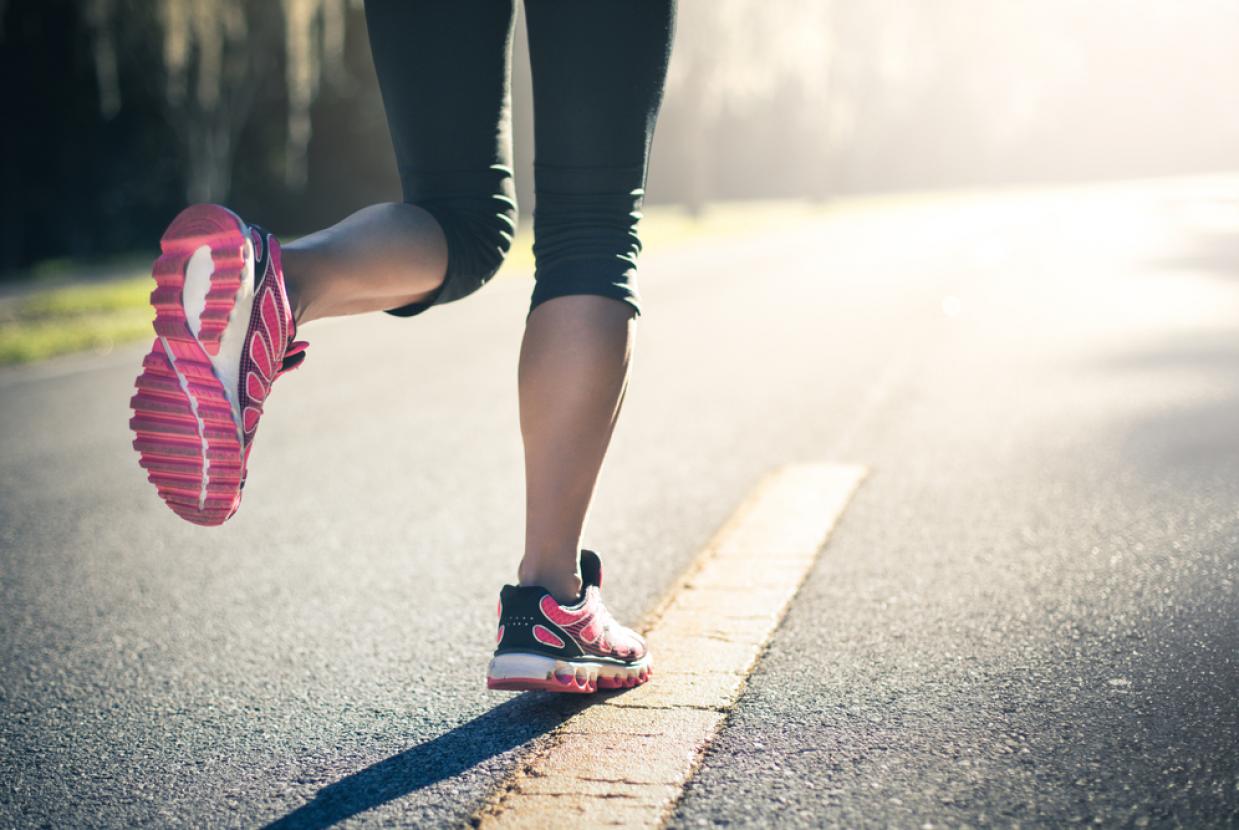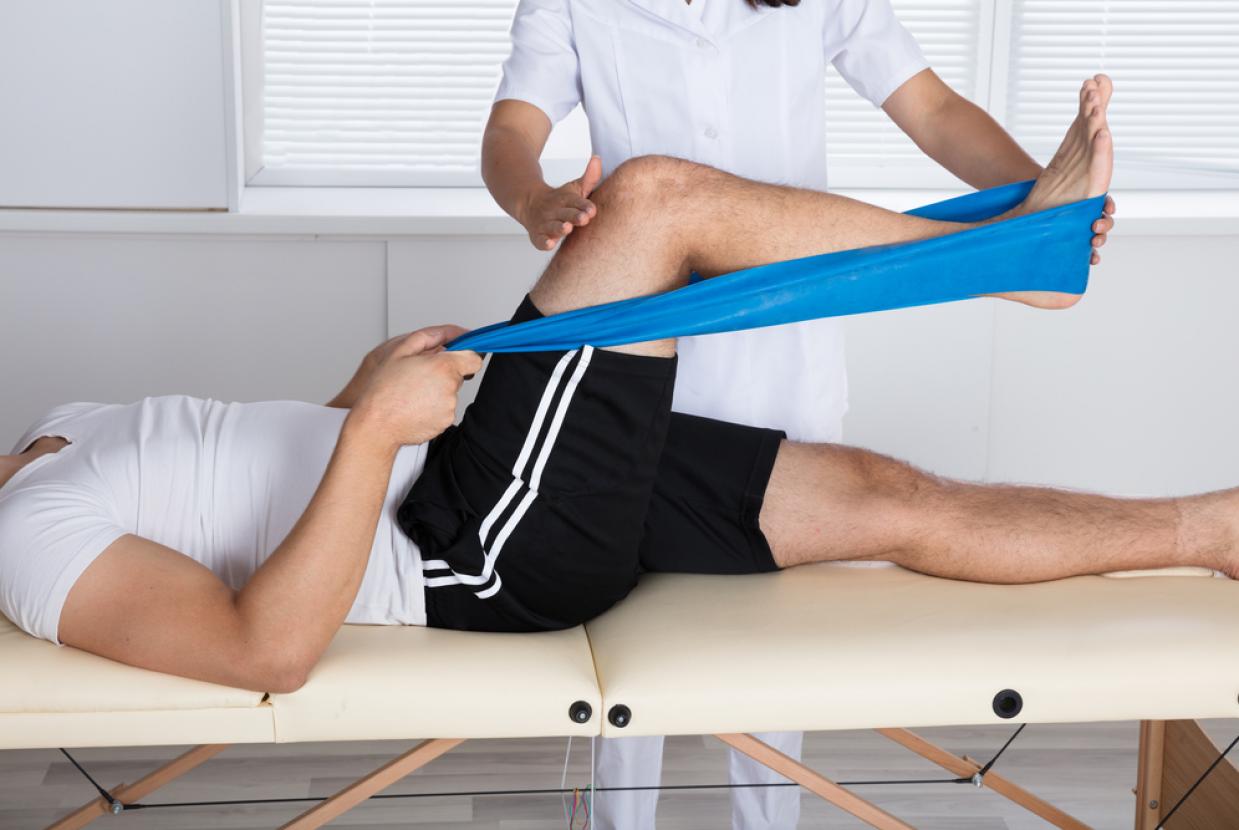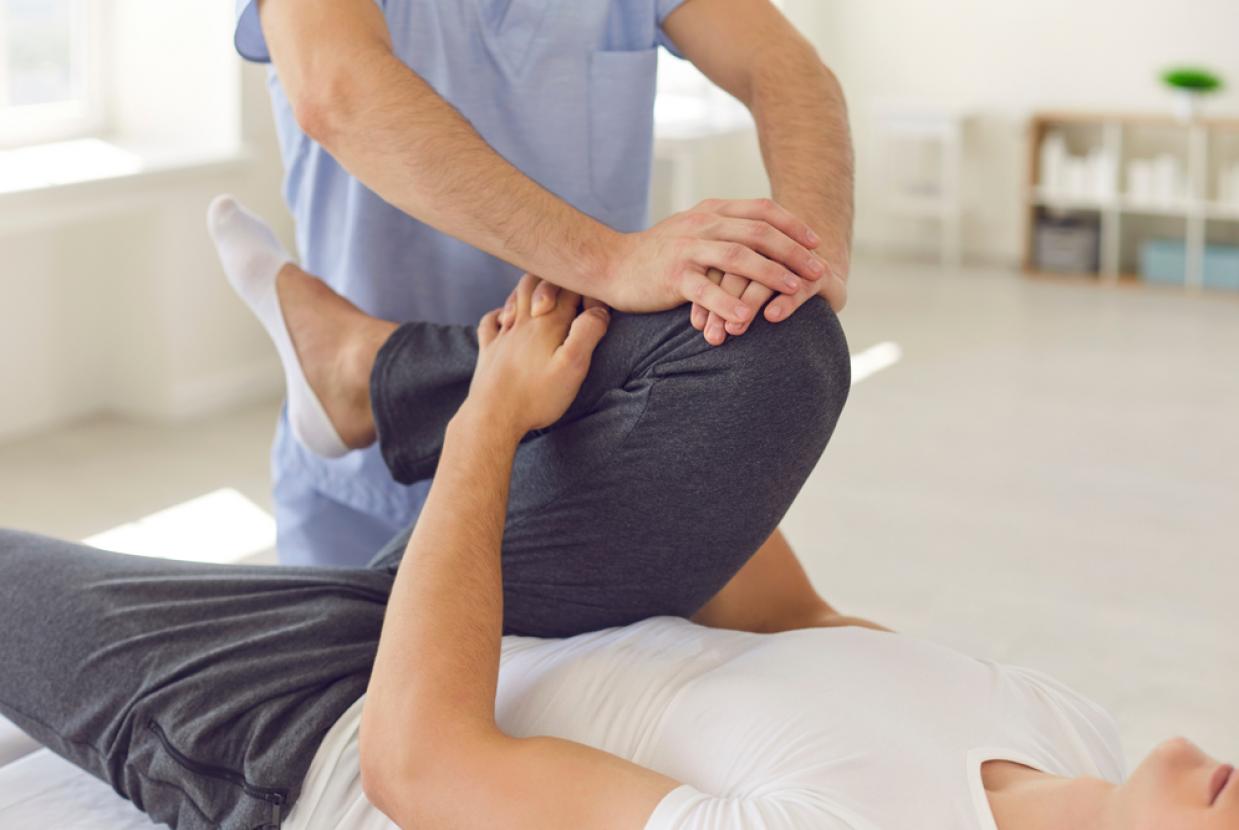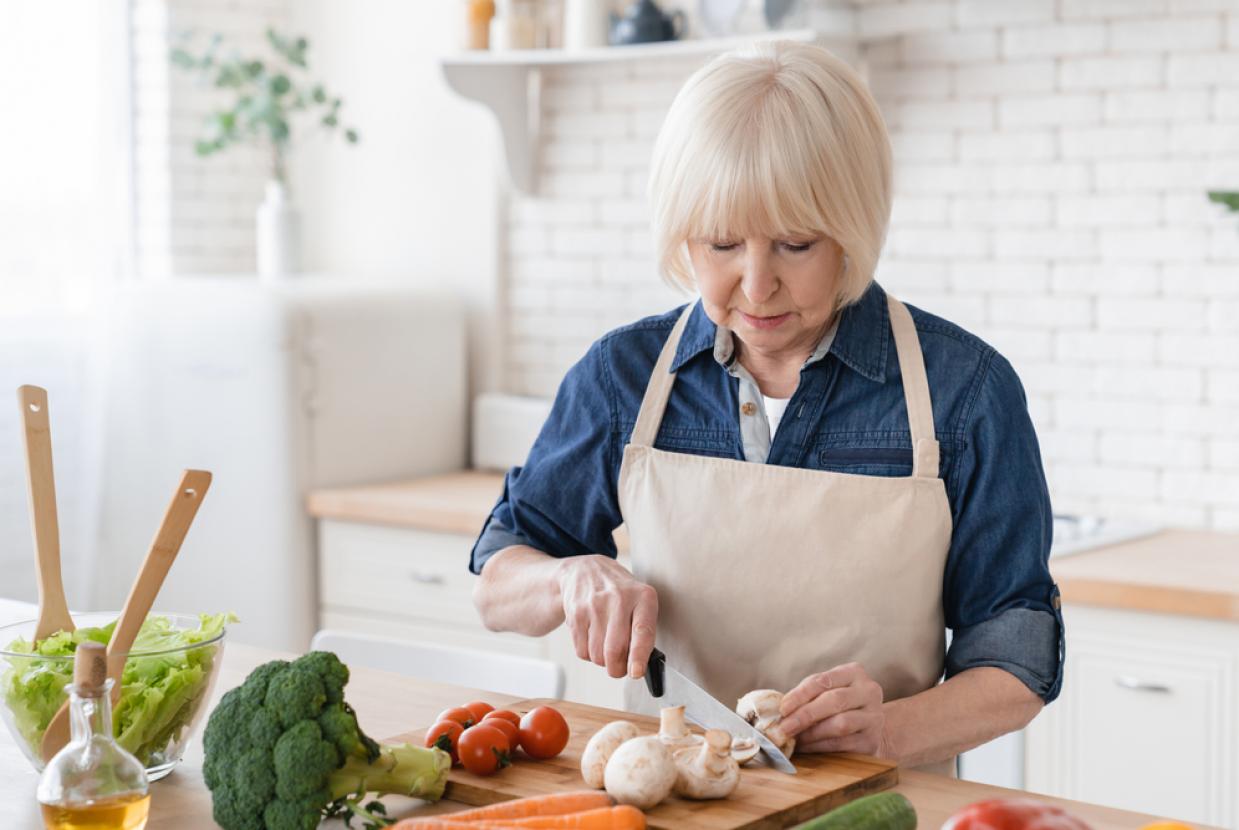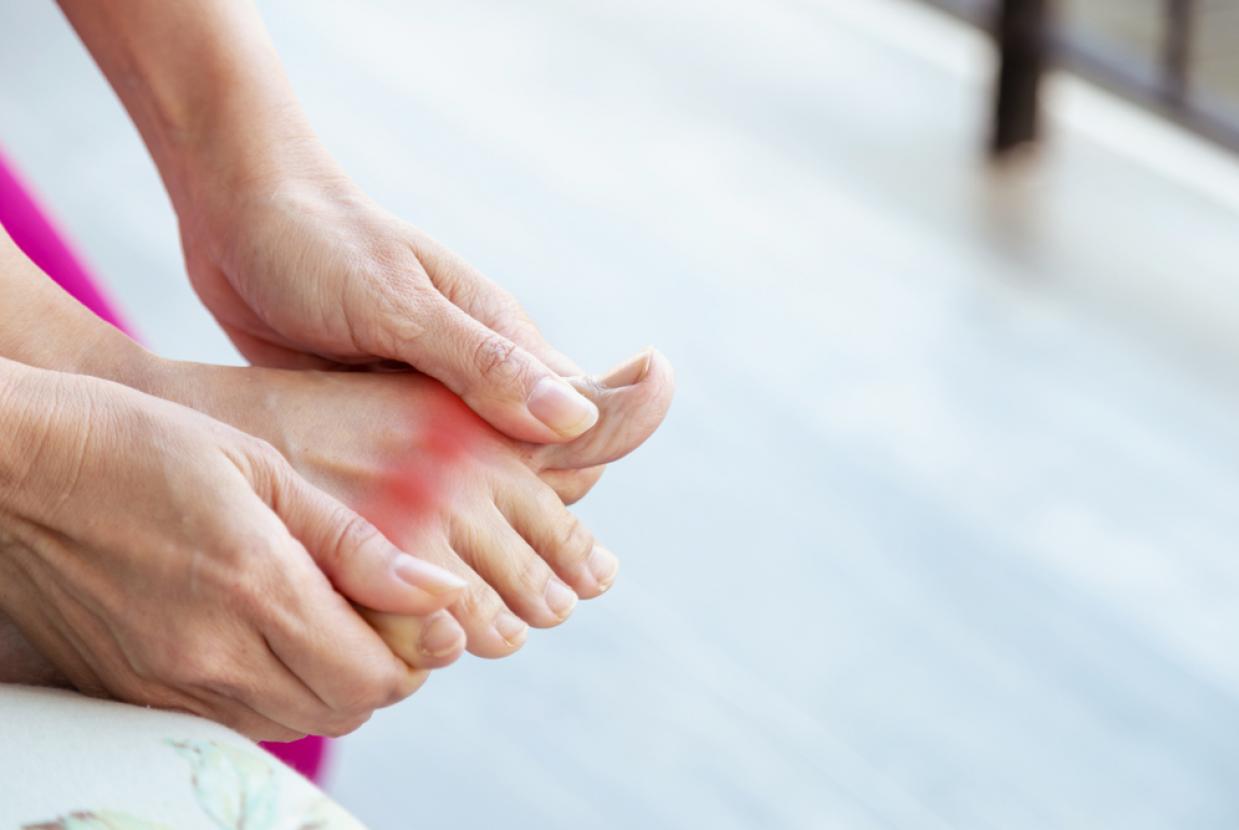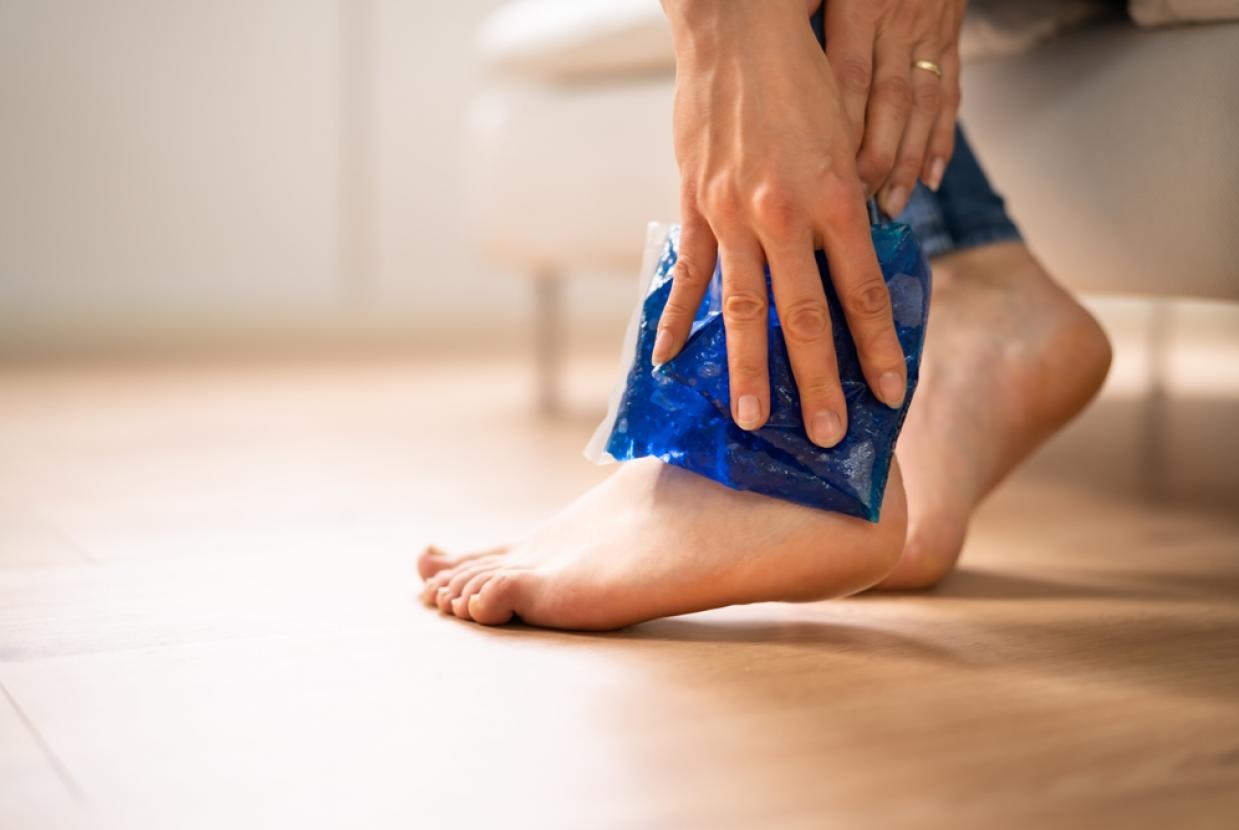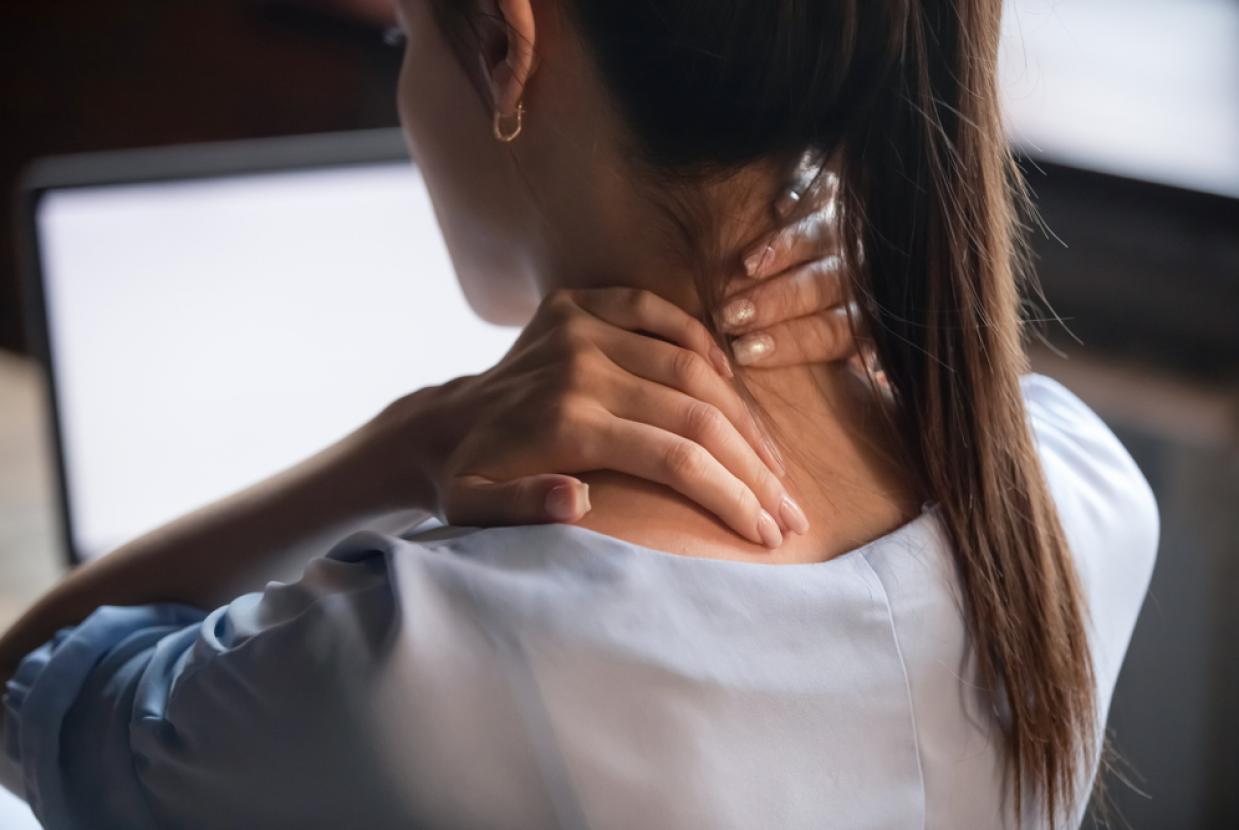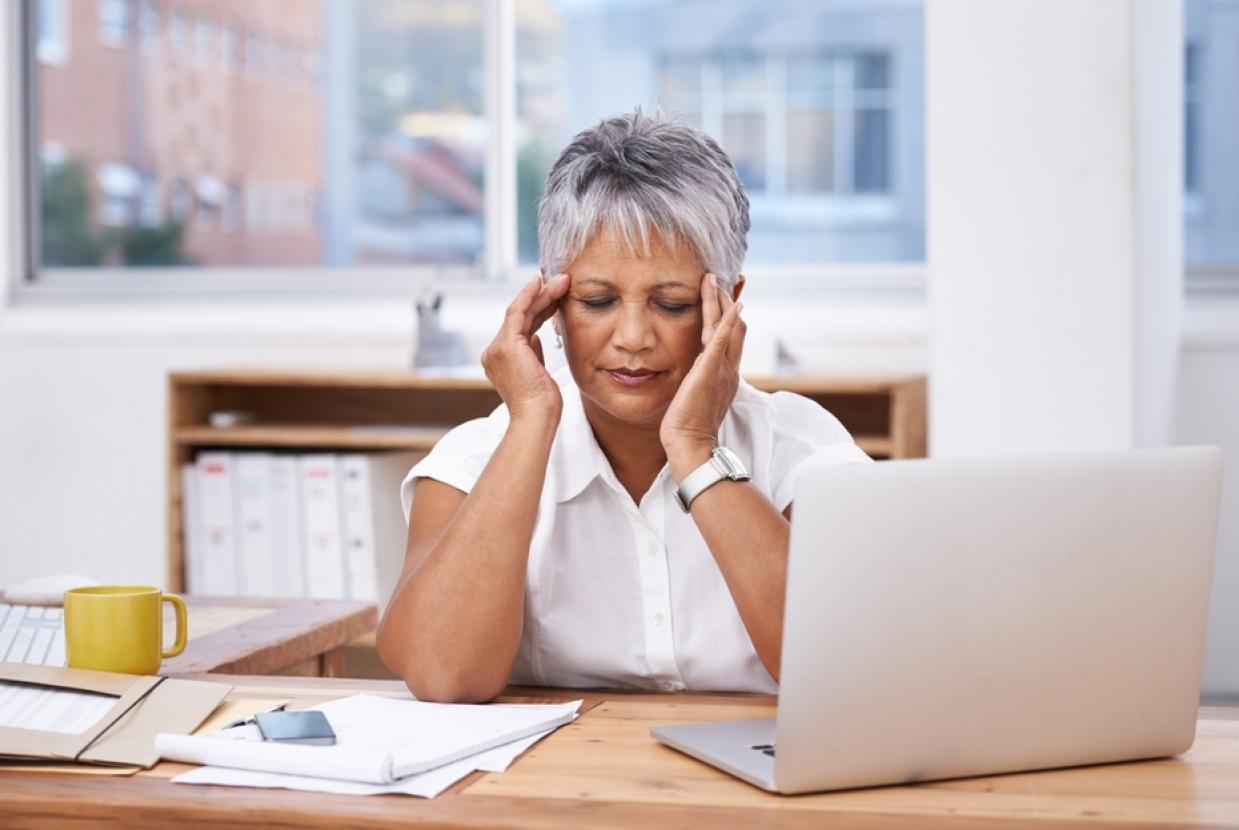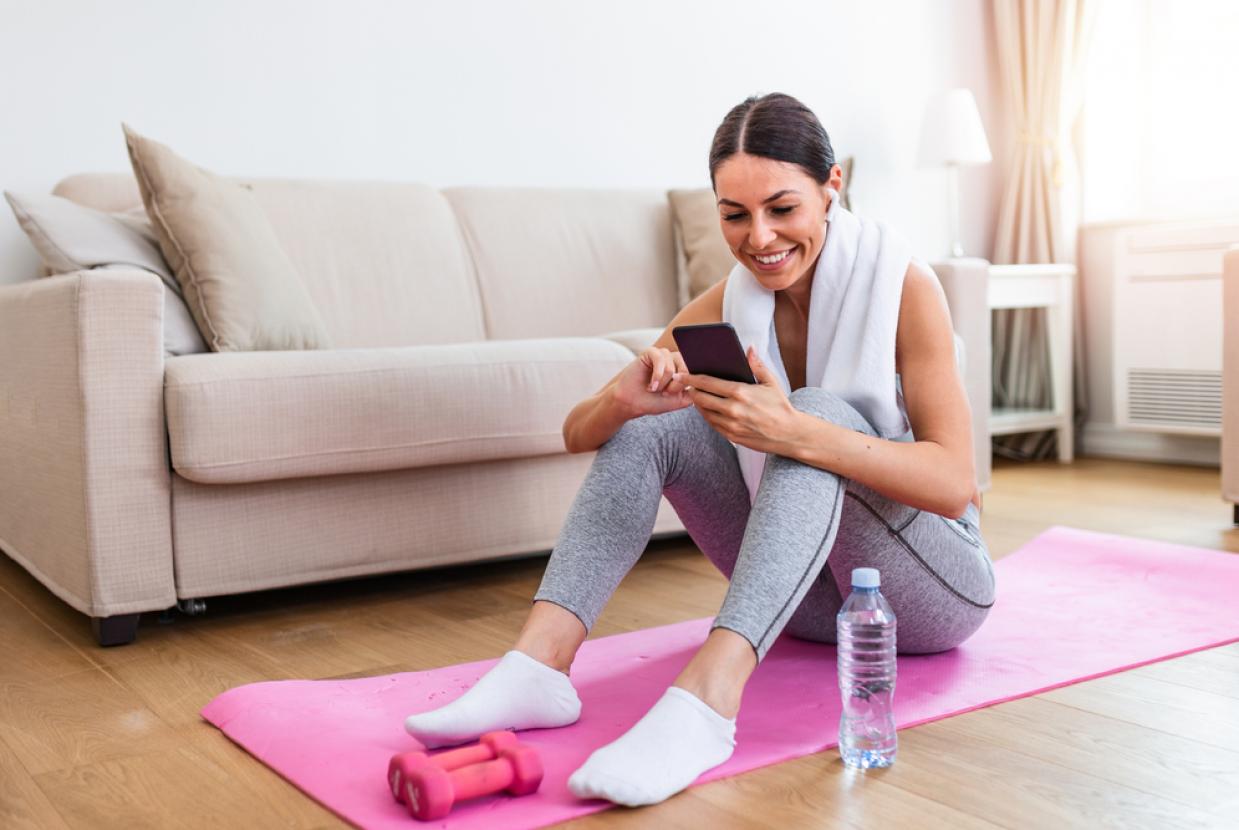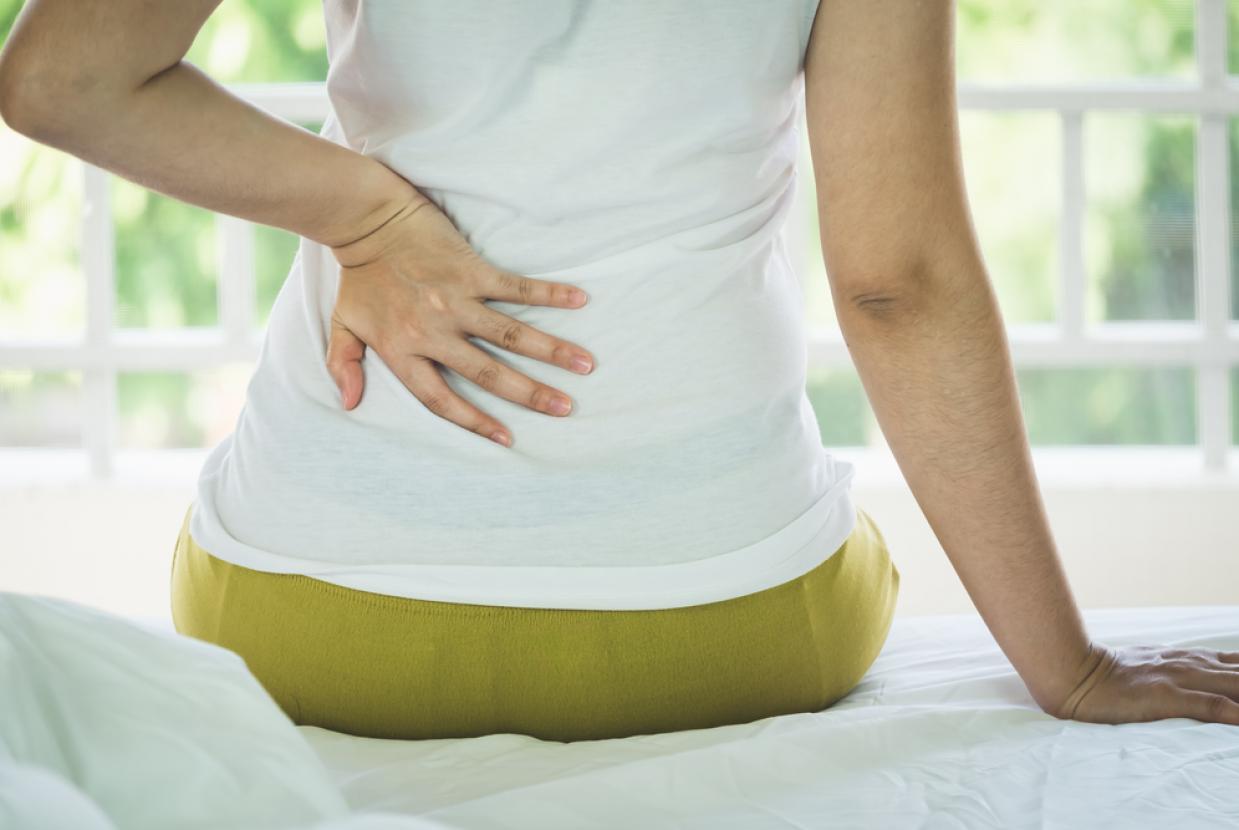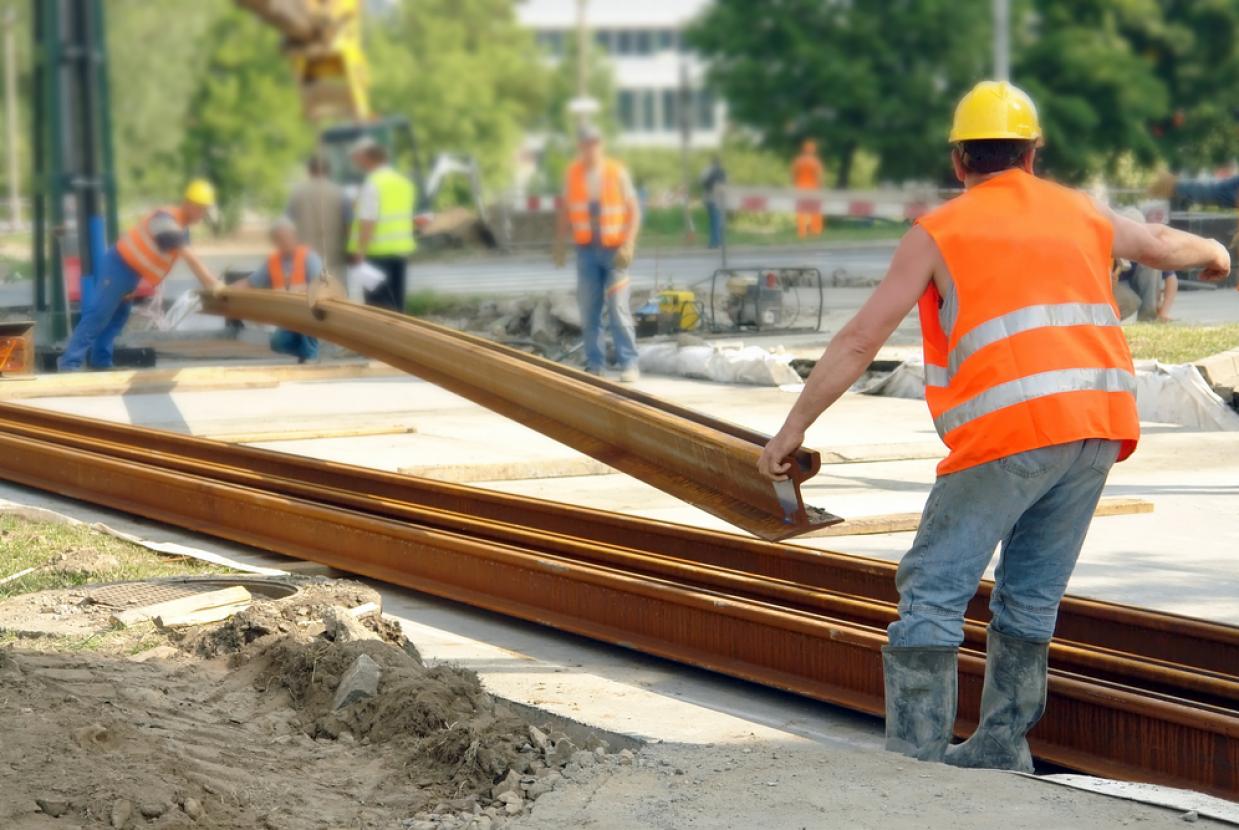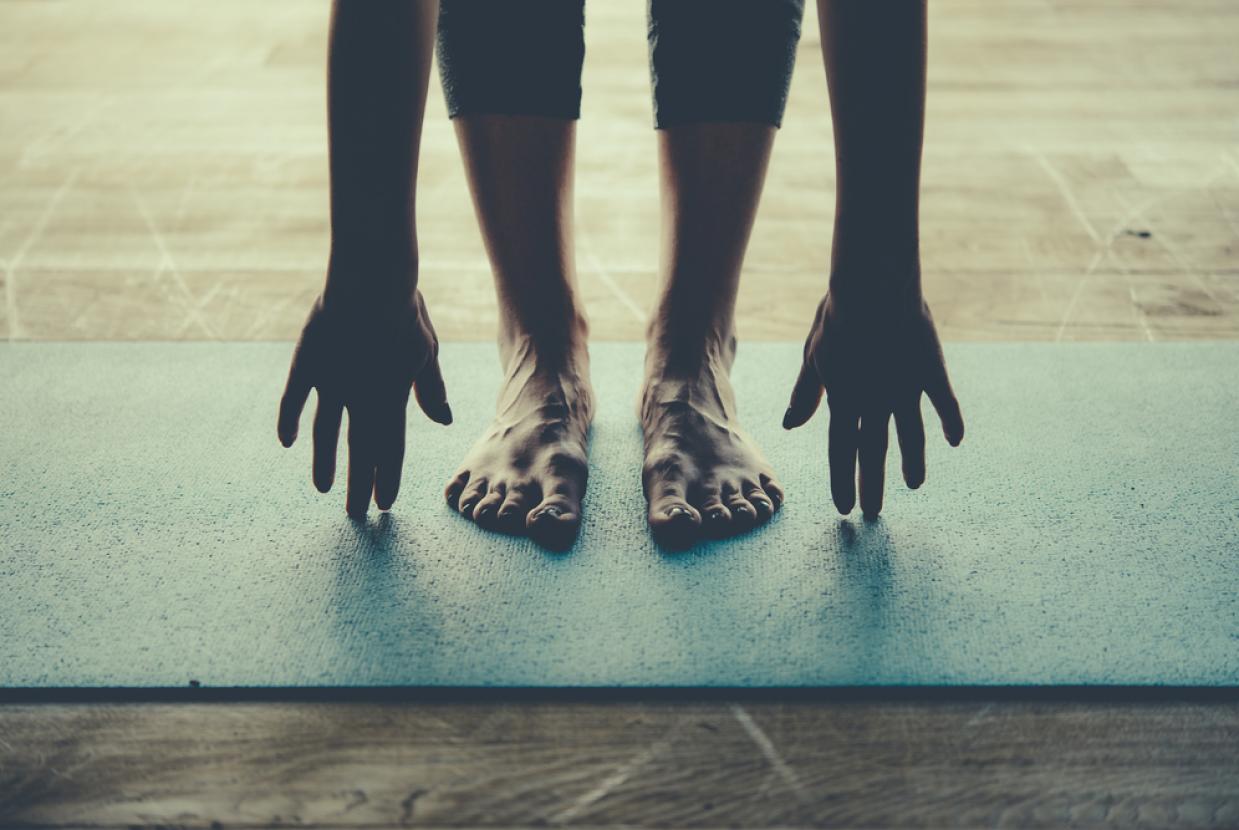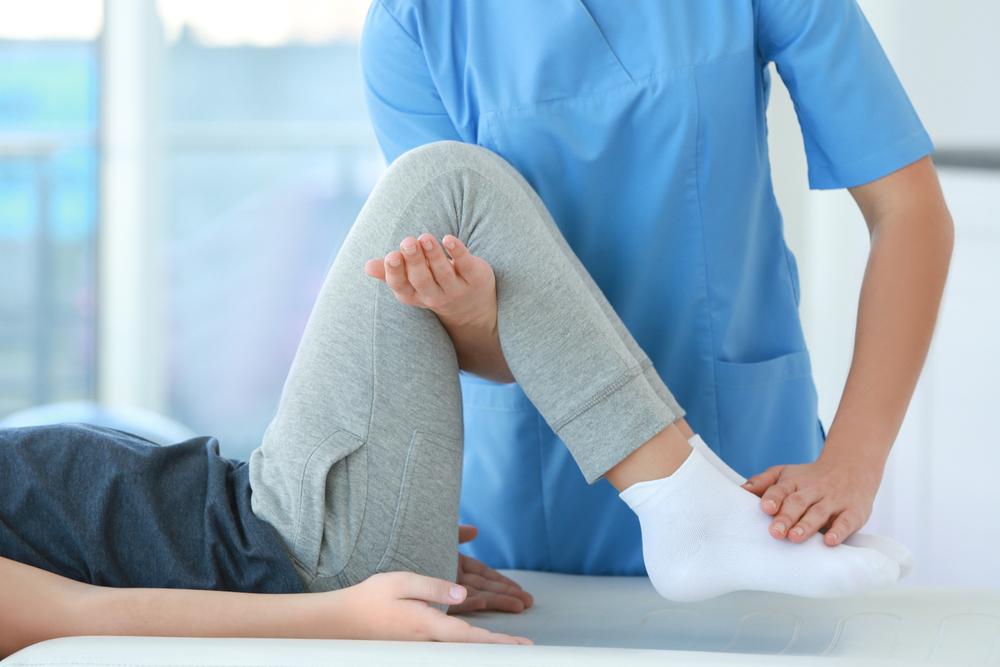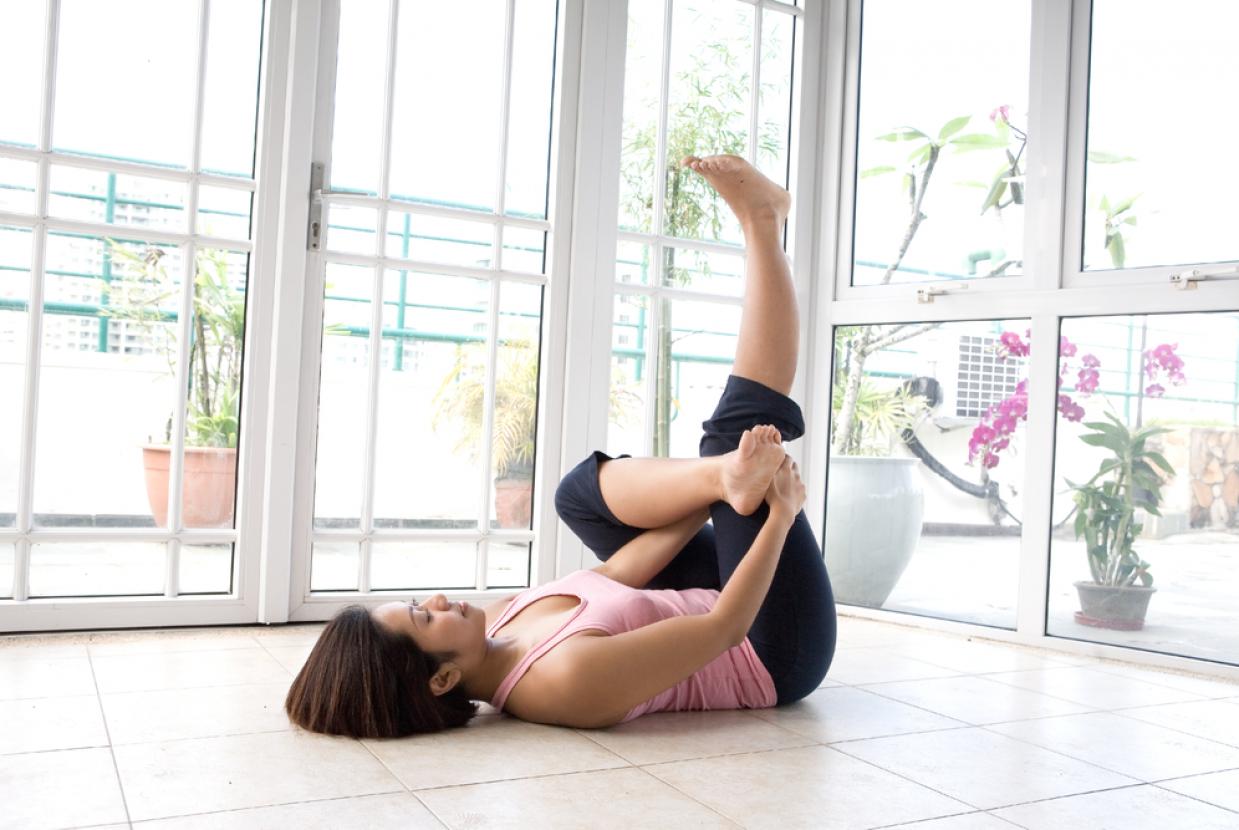Around The Home
You may be able to get gadgets and equipment from your local authority. Your local council may call equipment or modifications to your home ‘aids and adaptations’ or ‘community equipment’. An aid is any equipment that can help you manage your everyday tasks. This could be:
- an easy-to-use electric can opener
- a mattress topper to help you sleep
- kettle tippers that make it easier to pour water.
Adaptations are physical changes, or home modifications, that can be made to help you get around your home. This could include:
- grab rails
- a level access shower
- a ramp
- a stairlift.
Local authorities have a duty to care for the people who live in their area. They should be able to tell you which types of care you are eligible for, and whether you will have to pay for this care or not.
Your local authority may also be able to arrange for you to have support in the home and advise you on local schemes and services that can help.
Tips for every room around the house
Reducing bending
- Attach a basket to the inside of your letterbox.
- Move electrical sockets higher up the wall with an extension cable or by getting them rewired.
- Try using a reaching stick or pick-up stick. These can also be useful to remove clothes from inside the washing machine.
- Use a laundry basket that has a handle and wheels.
- Raise your washing-up bowl by putting it on blocks or another upturned bowl in the sink.
Housework and DIY
- Use a towelling mitt for dusting or cleaning mirrors and windows, as it’s easier than gripping a cloth.
- Use a long-handled dustpan and brush.
- Choose a lightweight ironing board that is easy to open and close. You could also think about installing a wall-mounted ironing board.
- Tabletop ironing pads can be handy for smaller items and saves getting an ironing board out.
- Pad the handles of tools to make them easier to grip and buy lightweight, power-assisted tools, such as drills or screwdrivers.
Making switches, plugs and keys easy to use
- Large rocker, pull-cord or touch-operated light switches are easier to use.
- Electric or gas fires are easier to turn on if the control knob is located at the top. Or consider getting a model that uses a remote control.
- You can buy specially designed grips to help you turn dials and knobs, and make plugs easier to pull out.
- Key turners can help with inserting and turning the key in the lock.
- Wrapping an elastic band around rounded door handles can make them easier to open.
Avoiding trips and falls
- Remove any loose mats or carpets.
- Make sure your stairs, hall and landing are well lit.
- Make sure you have enough space to get between or around your furniture.
- Fix a grab rail by the front door to help you go in and out.
- Think about altering your doorstep, especially if mobility is a problem or if you use a walking aid or wheelchair.
Medication management
- If you have trouble opening childproof containers, your pharmacist might be able to put them in a more suitable container for you.
- Pill removing gadgets are available if you struggle to get your pills out of the packet.
- You might find it handy to organise your pills in a box containing separate compartments for every day of the week.
Using phones and tablets
- Many smart phones and tablets can be used with a stylus to make it easier to type.
- Smart phones now have voice activated features which include message dictation, web searches and hands-free phone calls.
- Try to get a cover that makes your phone or tablet easier to hold. Many covers also double up as stands.
- Gadgets, such as a PopSocket, can make it easier for you to hold your smartphone.
- Think about purchasing touchscreen gloves to use your phone more comfortably when outdoors during the colder months.
Top tips for the kitchen
- Use lightweight crockery and cups with large handles that can be gripped with several fingers.
- Insulated or pedestal mugs can be held with both hands, because you can support them underneath without burning yourself.
- A trolley could be useful for moving heavy plates of food.
- Most supermarkets sell pre-prepared food, such as chopped vegetables and grated cheese.
- Frozen vegetables will save on preparation and often have a similar nutritional value to fresh vegetables.
- Having some pre-prepared ingredients or ready-made meals in the freezer can be handy when your arthritis flares.
- Consider purchasing a washing-up bowl with a drainer in, so that you can empty the bowl of liquid without having to lift it.
Top tips for food shopping
- Online shopping is a really convenient way to get food. Most supermarkets offer a free click and collect service, but you can also get your shopping delivered to your door for a small fee.
- Plan to shop on a day when you don’t have many other things to do.
- Don’t try to carry too much in one go.
- Use shopping bags with strong handles, which are easier to carry – you should be able to buy these at supermarkets.
- Adapted silicone bag handle grips stop carrier bags digging into your fingers.
- Ask for help at the supermarket, especially with packing and loading into the car.
- Consider using a shopping backpack, or a trolley on wheels for short trips on foot.
- Ask friends or neighbours to shop for you.
Top tips for the bathroom
- Liquid soap in a push-down pump bottle is easier than using a bar of soap.
- You can also try refilling a suitable pump bottle with your favourite shampoo, conditioner or face cleanser.
- Try fattening the grip of a toothbrush by wrapping an elastic band around it.
- A thick towelling dressing gown is much easier than struggling to dry yourself with a bath towel.
- You may find using a microfibre towel helpful, as they’re much lighter than normal towels and you don’t have to rub yourself. They can be found in outdoor pursuit shops.
- Use a lightweight electric razor.
- Use an electric toothbrush.
Stairs
If you struggle to use your stairs there are a number of things you can do:
- If you have the space and the facilities to do so, you could rearrange your living space so that you only use the ground floor.
- Move to a bungalow or ground floor flat.
- Install adaptations, such as grabrails, an extra stair rail or stairlift.
Before you make a decision, make sure you get some professional advice from an occupational therapist about what your needs are and speak to your local council about the grants available.








